The IIHS is Hoping For a Bright Future When It Comes to Headlights

Even though headlights have evolved from uniform circles illuminating the roadway in largely the same way to diverse units that look and function very differently, their overall performance has improved immensely. Nobody is going to jump from a 1955 DeSoto to a 2018 Dodge and think “Wow, these headlamps are just terrible.”
However, the International Institute for Highway Safety has been on a two-year mission to make modern headlights look bad and there are two possible explanations as to why. Either the IIHS genuinely believes the current offerings from manufacturers are unsafe, or it’s trying to promote competition within the industry to produce a better bulb. The truth, as usual, is likely somewhere in the middle.
Original equipment manufacturers have begun incorporating headlight design as part of the vehicle’s overall styling. Headlamps are now almost as indicative of a specific brand as the grille or taillights. But the IIHS thinks the move has resulted in OEMs prioritizing style over functionality. The group’s updated illumination metrics absolutely devastated its Top Safety Pick List for 2018 and we ran story-after-story outlining specific segments where the vast-majority of models had underperforming headlights.
In July of 2016, the IIHS couldn’t find a single vehicle in the small SUV category with forward illumination that it would consider good. In fact, over two thirds of the vehicles it tested were given a “poor” score. The group has called its findings “concerning,” citing blinding risks and lackluster from-the-factory aiming as possible hazards for nighttime driving.
Has two-years of condemnation made a difference? Not universally. While some vehicles have improved their headlights to repair a damaged safety rating, Automotive News referenced a handful of popular domestic models from Ford and General Motors that didn’t make the cut — garnering a marginal or poor score. While GM declined to comment a spokesperson from Ford said, “Safety continues to be one of the highest priorities in the design of our vehicles. Ford develops headlamps for our vehicles through rigorous real-world driving and customer feedback. Ford is committed to meeting or exceeding applicable federal motor vehicle safety laws.”
In some respects, it’s unfair to expect an immediate shift in manufacturing to account for testing that didn’t even exist two years ago. Matthew Brumbelow, a senior research engineer at the insurance institute, admitted insurance group’s headlight studies are still new to consumers. The first study was released in March 2016 and he said said the organization is testing headlights “more dynamically” than most automakers had previously experienced.
“We’ve already seen some manufacturers go back and change their design — or more commonly, tighten up their aiming process at the factory,” Brumbelow said. “There’s still a long way to go, but we’re glad we’ve seen the improvements.”
One such manufacturer was Kia. The 2016 and 2017 Kia Sorento, 2017 Sportage and 2016 Optima all received poor scores from the IIHS. However the 2017 Optima has since received a good score, while the 2018 Sorento was upgraded to an acceptable score. In a statement to Automotive News, Kia Motors America said that vehicle safety is a priority for the automaker but said the insurance group’s testing “goes well beyond federal requirements and is only one of the many tests used to evaluate vehicles.”
“Kia will carefully evaluate the results of the new IIHS test procedure, along with the results of all other tests, as part of its commitment to continuous product improvement,” the automaker said.
Todd Morgan, senior vice president of global product development at Varroc Lighting Systems, thinks supplier innovation will be a key aspect in helping OEMs improve headlamp scores. In addition to new products, like upgraded LED technology, Morgan says existing products like automatic headlight-leveling could be helpful. Used to help re-aim beams when a vehicle is weighed down in the back, leveling is mandatory in Europe but not the United States.
Morgan and Brumbelow also agree that adaptive driving beams, which allow high beams to light a driver’s entire path, with the exception of any oncoming vehicles, are the next big step. While the technology has cropped up in Europe and Japan, U.S. regulations don’t yet permit it. “It’s not yet legal on the road in the United States, which is really a shame because this is a huge advancement in safety,” Morgan said. “Everything is automated.”
The NHTSA is currently conducting research on the use of adaptive driving beams in other countries. However, it declined to comment on its progress. Presently it mandates the limits for maximum and minimum intensity of headlight beams but doesn’t take aspects, like aim, into account.
[Image: Volkswagen]

A staunch consumer advocate tracking industry trends and regulation. Before joining TTAC, Matt spent a decade working for marketing and research firms based in NYC. Clients included several of the world’s largest automakers, global tire brands, and aftermarket part suppliers. Dissatisfied with the corporate world and resentful of having to wear suits everyday, he pivoted to writing about cars. Since then, that man has become an ardent supporter of the right-to-repair movement, been interviewed on the auto industry by national radio broadcasts, driven more rental cars than anyone ever should, participated in amateur rallying events, and received the requisite minimum training as sanctioned by the SCCA. Handy with a wrench, Matt grew up surrounded by Detroit auto workers and managed to get a pizza delivery job before he was legally eligible. He later found himself driving box trucks through Manhattan, guaranteeing future sympathy for actual truckers. He continues to conduct research pertaining to the automotive sector as an independent contractor and has since moved back to his native Michigan, closer to where the cars are born. A contrarian, Matt claims to prefer understeer — stating that front and all-wheel drive vehicles cater best to his driving style.
More by Matt Posky
Latest Car Reviews
Read moreLatest Product Reviews
Read moreRecent Comments
- Parkave231 New Oldsmobiles are in early this year.
- MaintenanceCosts "While there are absolutely exceptions, the days of the super-sleazy used car dealer seem to be behind us here in the States."Citation needed.
- SCE to AUX Sounds like the written-off cars didn't even have enough life in them to survive the short warranties. The scheme would have lasted longer if the cars were sold as-is.Is "written off" similar to an "R" or "S" title in the US?
- AZFelix Not enough charging stations. Long wait times. Do not recommend.
- 2ACL I love the CV6 + stick pairing, even if it's not particularly quick (or efficient) by modern standards. It looks to have a solid foundation and would be nice to drive fully sorted, but Honda/Acuraphiles seem more interested in ressurecting second generation cars. I wanted a manual GS sedan for the longest time, though I'd have gladly taken a first generation manual coupe. Thankfully, we're spared of 'future collectable' pricing with this one.
















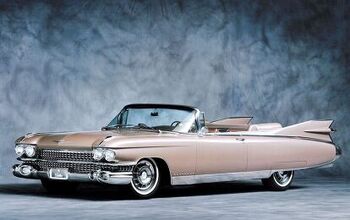


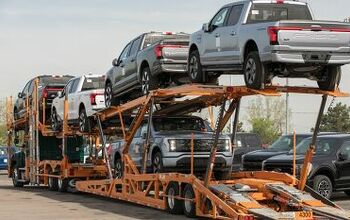
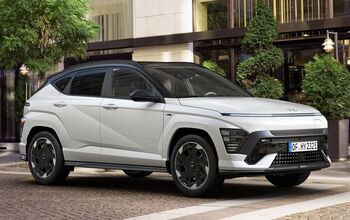
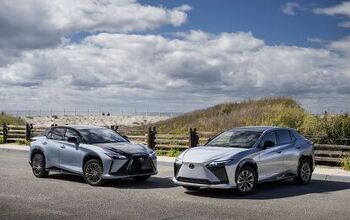
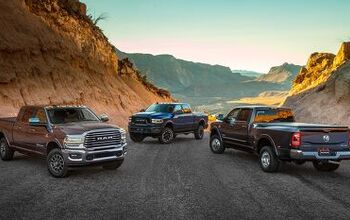

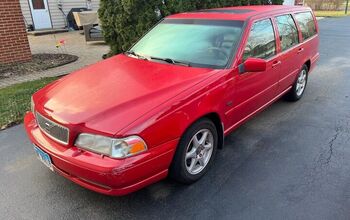
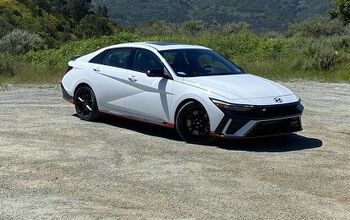
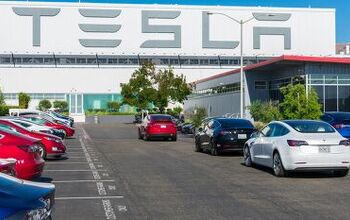



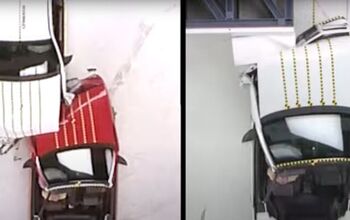

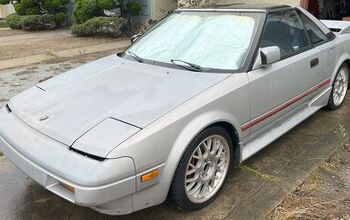
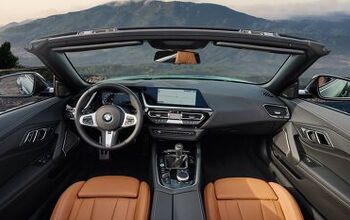
Comments
Join the conversation
I think the biggest hurdles to overcome for headlights are severe weather performance and brightness. The standard halogens on most cars just aren't enough for pitch black dark interstate highways. And currently I don't see a single headlight that is able to properly illuminate the road ahead when it's raining or snowing. It's as if your lights aren't even on.
When are they going to mandate some method of preventing people from driving at night with NO lights on?! I see a half dozen of these every night.